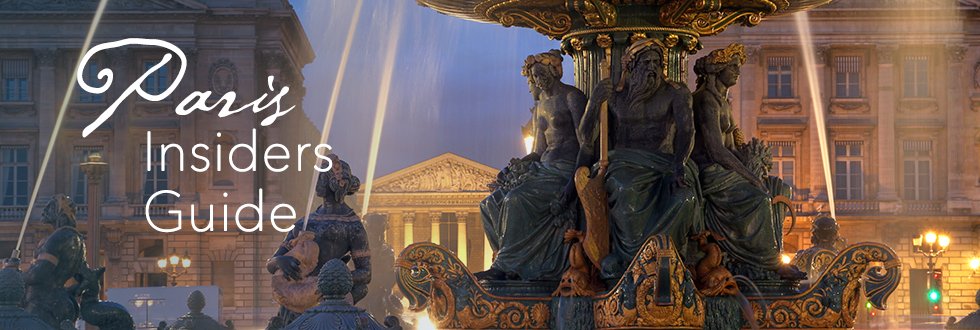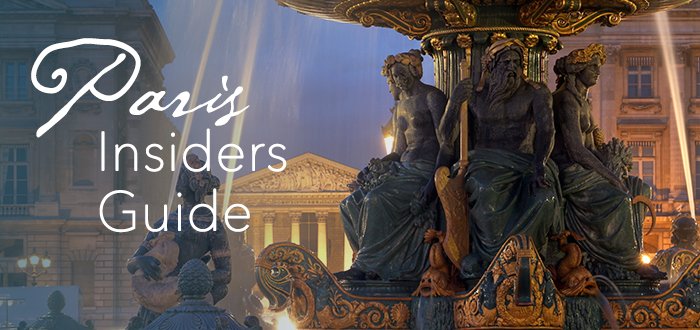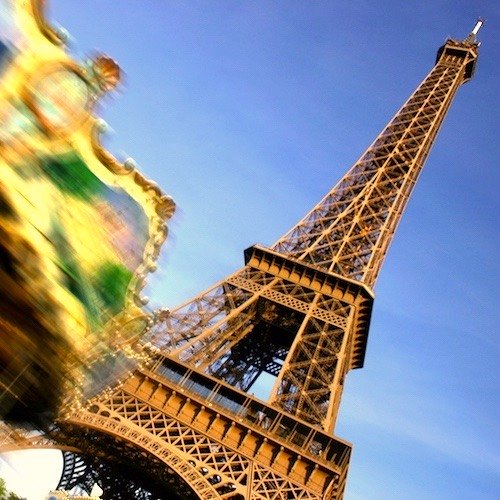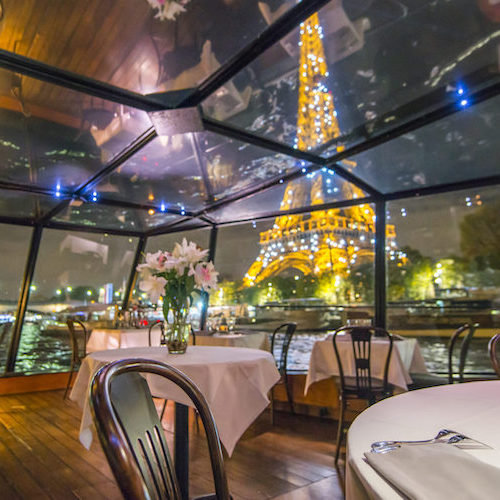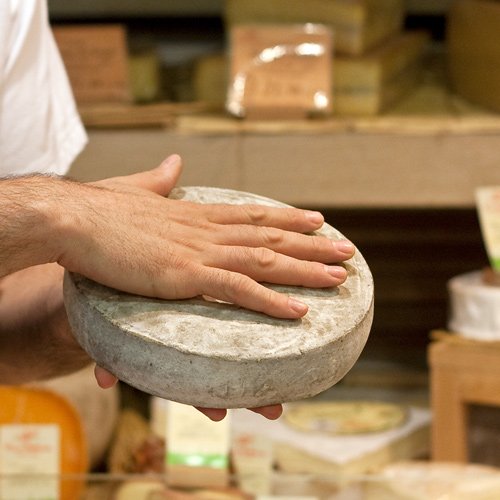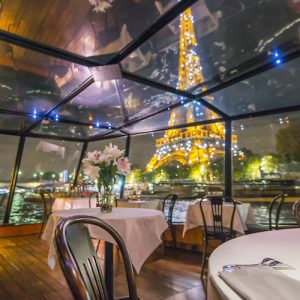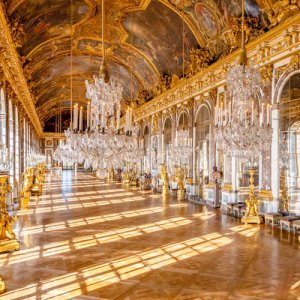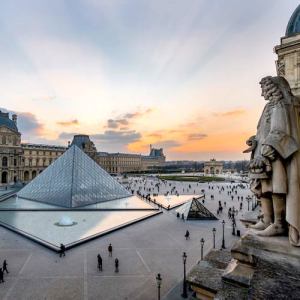Lesser-Known Paris Monuments – The Other Side of the City's Story
Paris isn't exactly short on monuments — but beyond the showboats like the Eiffel Tower and Arc de Triomphe, the city hides a different set of stories. These are the lesser-known Paris monuments, the ones you might walk right past without knowing you're brushing up against 300 years of ambition, rebellion, or architectural risk-taking.
Some mark now-obscure victories. Others commemorate tragedies. A few simply dared to look different. But together, these hidden Paris monuments offer a deeper, sometimes stranger view of the city. Here are a few of our favorite unusual monuments in Paris — overlooked by many, remembered by few, but worth your attention.
![]()
Discover What's On When You're Here...
• January... |
• February... |
• March... |
• April... |
• May... |
• June... |
• July... |
• August... |
• September... |
• October... |
• November... |
• December... |
Discover What's On When You're Here
• January...
|
• February... |
• March... |
|---|---|---|
• April... |
• May... |
• June... |
• July... |
• August... |
• September... |
• October... |
• November... |
• December... |
Tomb of Napoleon
 Les Invalides, with the dome of the Tomb of Napoleon
Les Invalides, with the dome of the Tomb of Napoleon
Grand Ambitions, Quiet Reminders
It's easy to miss the fact that Napoleon's final resting place sits inside a veterans' hospital. Les Invalides, commissioned by Louis XIV in 1676, was originally built as a sanctuary for aging soldiers — and still functions that way today. But it also happens to house one of the most dramatic tombs in the city.
Napoleon was laid to rest here in 1840 (after his remains were restored to France) under the gold-domed chapel, surrounded by marble and grandeur befitting a man of his reputation. Alongside the tomb, the Musée de l'Armée offers 500,000 military relics — enough to satisfy history buffs and the mildly curious alike.
Tour the Top Paris Monuments
Arc de Triomphe Rooftop Tickets
La Grande Arche
 La Grande Arche as seen from the Arc de Triomphe, photo by Mark Craft
La Grande Arche as seen from the Arc de Triomphe, photo by Mark Craft
Monumental in Every Sense
French emperors, kings and presidents like to commemorate their time in power with monumental projects that will carry their memories forward to future generations. Think of the Arc de Triomphe and the Pompidou Centre. So it was that successive French presidents had plans to mark the western terminus the Axe Historique (the imaginary line that runs from the center of the Louvre in the east, down Champs-Elysées, underneath l'Arc de Triomphe and then all the way out to La Défense) with a monument. But ultimately it was François Mitterrand, who completed the project.
The work began in 1985 with two thousand craftsmen working on the construction. Construction of the two side pillars lasted about a year, with two independent teams working in parallel on each of them. La Grande Arche was completed in 1989, in time to celebrate the bicentenary of the French Revolution. Visitors could ride elevators to the top for an incredible view into Paris. There wa a restaurant on top. There were convention facilities in the top cross-piece.
However, due to problems with the design and construction the rooftop promenade of this grandiose project is now closed to the public. This closure seems to be definitive, with no current plans or announced dates for reopening. So, even with its size and presence, the Grande Arche remains one ot the lesser-known Paris monuments.
The Column at Place Vendôme
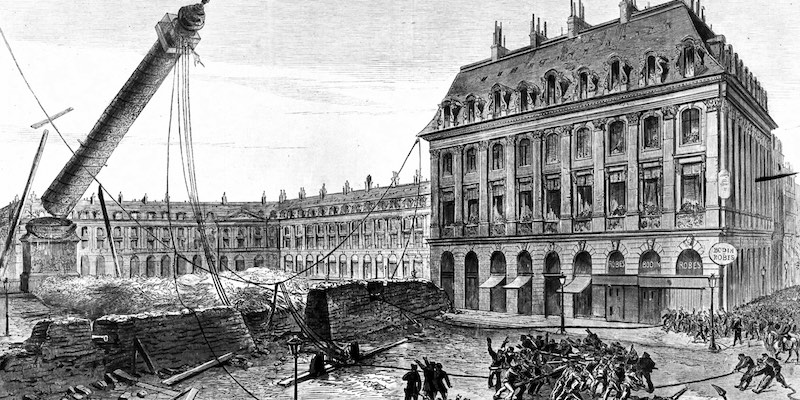 Gustave Courbet and his posse toppling the Vendôme column in 1871
Gustave Courbet and his posse toppling the Vendôme column in 1871
Art, Ego & Revolution
In the aristocratic calm of Place Vendôme stands a column that's anything but subtle. Commissioned by Napoleon to celebrate his victory at the Battle of Austerlitz, the bronze-clad column rises from the square like a frozen trumpet blast of imperial glory. Its design was inspired by Trajan's Column in Rome, with spiraling bas-reliefs that depict French troops doing very well in battle, thank you very much.
The column itself is made up of 98 stone drums and wrapped in bronze cast from 1,200 enemy cannons seized during the campaign. Topping it all is a statue of Napoleon, posed with the kind of heroic flair he would have appreciated. It's bombastic, grandiose, and perfectly Napoleonic — a military press release in architectural form.
But the monument's story didn't end with the emperor. In 1871, during the short-lived Paris Commune, painter Gustave Courbet led a crowd that pulled the column down, viewing it as a symbol of militarism. The government later made him pay for the damage — literally. Fleeing to Switzerland, Courbet left behind a pile of paintings, a massive debt, and one very expensive piece of public art.
The Best Paris Activities
The Top Paris Activity
The Obelisk on Place de la Concorde
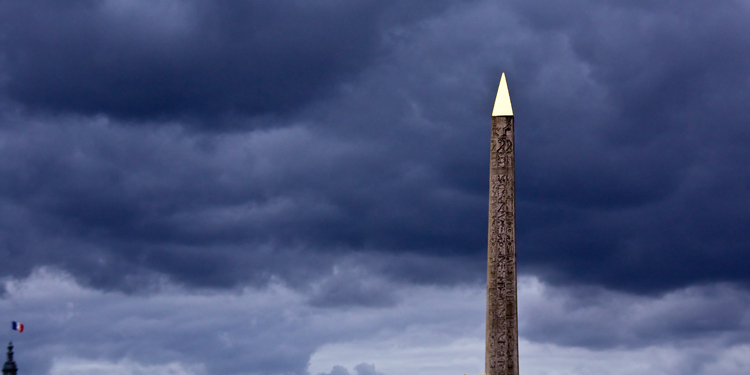 The Obelisk on Place de la Concorde, photo by Mark Craft
The Obelisk on Place de la Concorde, photo by Mark Craft
Older Than the City Itself
The oldest monument in Paris didn't start here. It began life 3,300 years ago in the Egyptian city of Thebes, where it stood at the entrance to the Temple of Luxor. In the 19th century, Egypt gifted the obelisk to France to honor Jean-François Champollion, the French scholar who cracked the code of hieroglyphs using the Rosetta Stone.
Carved from pink granite and standing 23 metres tall, the obelisk made quite the entrance when it arrived in 1833 — transported by barge, lifted into place with a custom-built contraption, and officially unveiled in 1836 in front of a cheering Parisian crowd. If you look closely, the base even features diagrams showing how the whole complicated move went down.
Though often outshined by the Eiffel Tower or Arc de Triomphe, the Obelisk has a quiet authority. It's capped with a gold-leaf pyramidion added in 1998 to replace the original, long lost in antiquity. Positioned on the historic axis of Paris, the obelisk connects ancient Egypt to modern France with a single vertical line of stone.
Mémorial des Martyrs de la Déportation
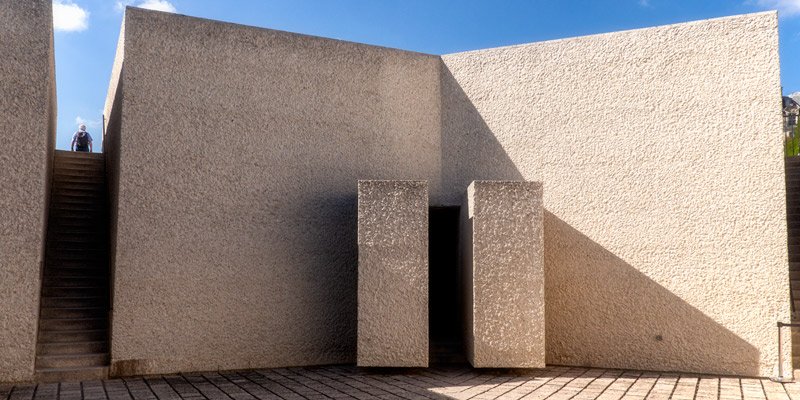 The exterior of Mémorial des Martyrs de la Déportation, photo by Mark Craft
The exterior of Mémorial des Martyrs de la Déportation, photo by Mark Craft
On the eastern tip of Île de la Cité, on the back side of the grounds of Notre-Dame Cathedral, is the Memorial of the Martyrs of the Deportation. On the stele that marks the memorial it reads "Martyrs Français de la Déportation 1945".
Its Brutalist architecture strips away ornament. Stark walls, iron bars, and a narrow tunnel of light remind you that remembrance doesn't need grandeur. This is one of those hidden Paris monuments that stays with you. It's not meant to impress — it's meant to make you remember.
![]()
Find Hotel Deals for Your Dates in Paris
Check the complete list of Paris hotels to find current sale prices on rooms in every arrondissement. Save 10%, 20%… or even more! |
Paris Hotel Deals |
Find Hotel Deals for Your Dates in Paris
Save on hotels in every arrondissement of Paris – the Latin Quarter, Saint Germain, the Right Bank, the Marais, near the Eiffel Tower. Save 10%, 20%… or even more! |
Musée de la Sculpture En Plein Air
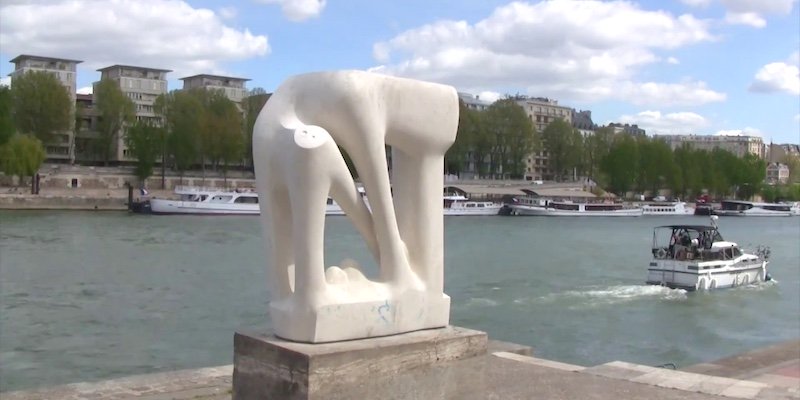 A white marble statue at Musée de la Sculpture En Plein Air, posed in front of the Seine
A white marble statue at Musée de la Sculpture En Plein Air, posed in front of the Seine
Art Without a Ceiling
Not all Paris monuments are made of stone or bronze. Some are steel, abstract, and left out in the rain. The Musée de la Sculpture En Plein Air is exactly that — a riverside park turned open-air museum along the Seine in the 5th arrondissement.
It's part gallery, part promenade. No ticket required, no walls to bounce the echoes. Just bold pieces by modern artists scattered under the sky. If the main museums feel a little too packed, this is your low-key cultural palate cleanser. Among the lesser-known Paris monuments, this one wins for atmosphere and accessibility.
Lesser-Known Paris Monuments
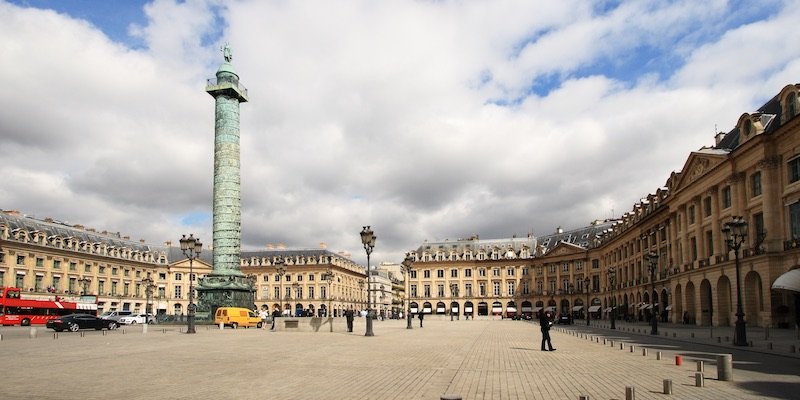 The Column at Place Vendôme, featuring Napoleon
The Column at Place Vendôme, featuring Napoleon
Final Thoughts from the Street Level
The Eiffel Tower might be in the spotlight, but it's the lesser-known Paris monuments that catch you off guard — those that whisper instead of shout. You stumble on them in a quiet square or spot them half-hidden behind cafe awnings. They don't announce themselves. They wait to be found.
These are the pieces of the city that reveal themselves slowly. A victory column turned lightning rod for revolution. A 3,000-year-old obelisk holding court in modern traffic. A brutalist memorial tucked behind a cathedral, filled with silence and steel. These are the monuments you don't come to Paris for — but leave thinking about anyway.
So give them a moment. Look up, pause, let the city stretch out beyond the postcard views. In Paris, even the forgotten corners carry weight. These hidden Paris monuments — these unusual monuments in Paris — are part of the city's story, too. They just happen to tell it in a quieter voice.
Paris Planning Guides
 Top Montmartre Hotels
Top Montmartre Hotels |
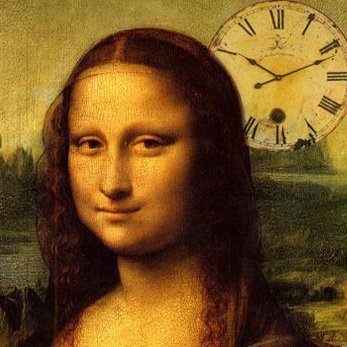 Skip the Museum Lines
Skip the Museum Lines |
 Book an Airport Transfer
Book an Airport Transfer |
 Top Wine Events
Top Wine Events |
